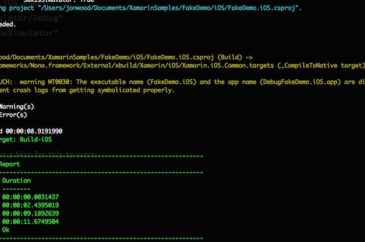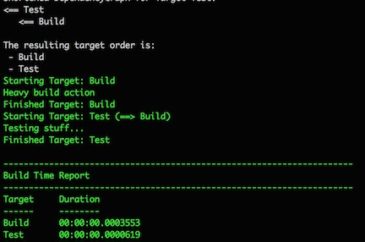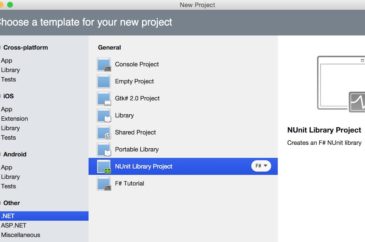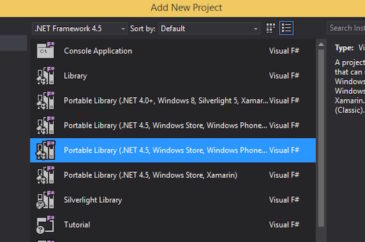
Using XAML in F# Xamarin Forms – A Screencast
Now that we’ve seen the awesome new stuff in Xamarin Studio for F# let’s go a bit further and actually use some of those improvements to our advantage. However, instead of just a regular blog post, I thought it’d be worthwhile to do a screencast for y’all. You can view the demo code directly on…






